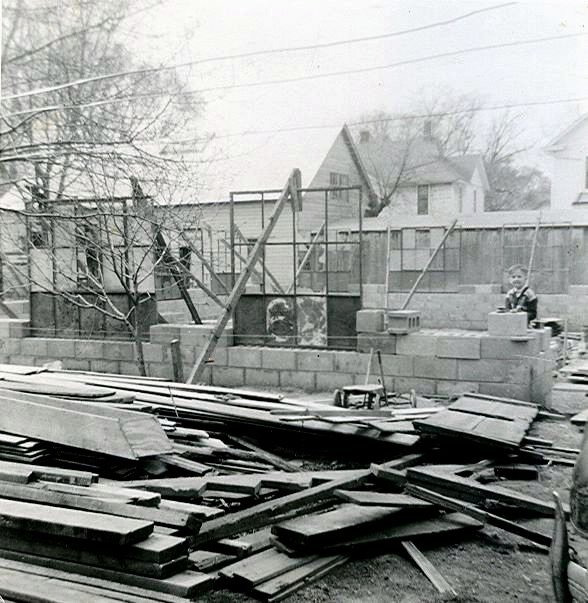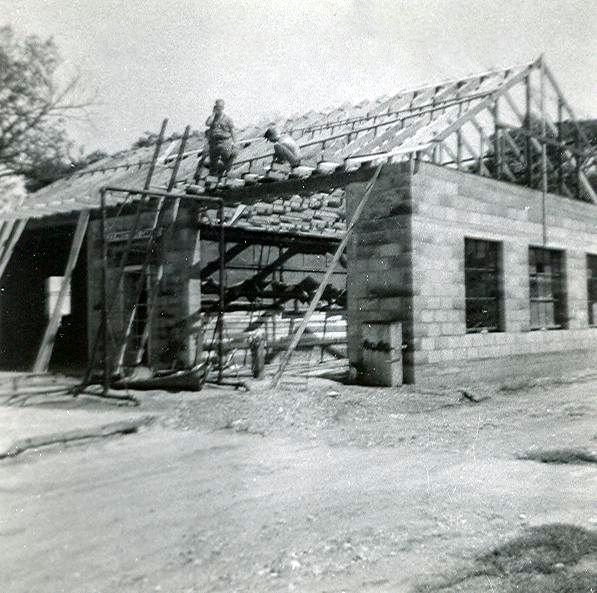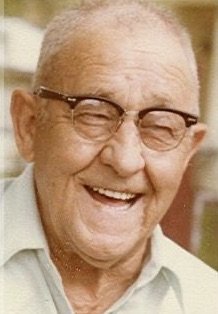In 1978, there was this great show on PBS called “Connections” where amiable host and historian James Burke began with one simple idea, act or circumstance and then followed its consequences through time usually to some dramatic change in human “progress,” like how the need for a brighter light for surveying (known as “limelight” for its use of quicklime as the element) led to the invention of motion pictures. As a twelve-year old just starting to explore my own connections to the world, this show blew my mind.
If you think about it, “Connections” big picture view of change has a more modest analogue in our own lives. Every now and then, we can trace an inspiration, big decision or a path not taken to a chain of circumstances chosen or encountered that led us along a path unforeseen at the time. Always backwards of course since without the assistance of a good Tarot reader it’s hard to know what will come from our actions, although perhaps sometime soon AI will be able to predict our futures.
Sixty-eight years ago, a local auto mechanic looking to establish his own shop set in motion a chain of events that in this case would lead to a big change in my life. Unless you’ve built your own workplace, where you labor, its history, previous tenants and uses may be a mystery. (The remarkable new documentary “Occupied City” by Steve McQueen explores this idea). While some places honor their origins, most keep their stories hidden under generations of forgetfulness (sometimes willful) and layers of paint, and when the connection to a place is lost, when the chain is broken, there is no reason to wonder, no desire to preserve, and no story to tell or add to.
For years, after moving into my studio at 411 East 9th St., people would ask what the building had originally been built for. I had only been aware of the previous tenant, Micro Resources, that repaired electronic and computer gadgets, and a brief period when some auto detailing was happening as evidenced by the checkered flag paint job on the windows. For me, it was an old garage with a leaky roof that allowed me to reinhabit the living room in my apartment after years of using it as a studio.
Some years later, a guy walked into the studio with a pair of kitchen cabinet doors. He said he was looking for Lawrence Custom Woodworks, which I discovered had occupied the space from 1989-1996. Others walked in looking for friends, Joe D came in more than once looking for a bike pump, but no one ever came by with a pelt, raccoon, possum or otherwise, although Will Ogle told me they would have been in the right place between 1922-1953 when his family’s business, Ogle’s Furs, was in a small building on the same site. Still, I had no idea who built the garage and why, until a few years ago when I posted an invitation to a studio open house and received a response from Carol (Proctor) Guy. Carol knew well the origin of the building, because her dad, Les Proctor, built it in 1955.
For Carol, that old garage was the realization of her dad’s dream to become his own boss and own his own business. Les had worked on WPA projects, been a butcher, worked at Sunflower Ammunition and operated a gas station in North Lawrence before building the garage for his own auto repair shop and, forty-two years later, my studio.
And while Les could not have known that one day a muralist would find his footing because of that building, if he had not built it, I’m pretty sure that the trajectory of my life and work would have taken a different turn. Dave the farmer? Dave the public-school teacher? Dave the grocery store assistant manager?
Les Proctor
Learning the building’s origin and how a family’s desire for a place of their own connected to my dream of becoming an artist and revealed stories that had always been there but had been invisible to me. It reminded me that every place and every person I encounter is filled with and marked by their own stories which only become apparent by getting to know each other, and that the act of forming those relationships will seed new connections and have profound consequences that we can hardly imagine.
Thanks to Carol Guy and Bob Proctor for sharing their stories with me. And thanks to Les Proctor for building his shop.






